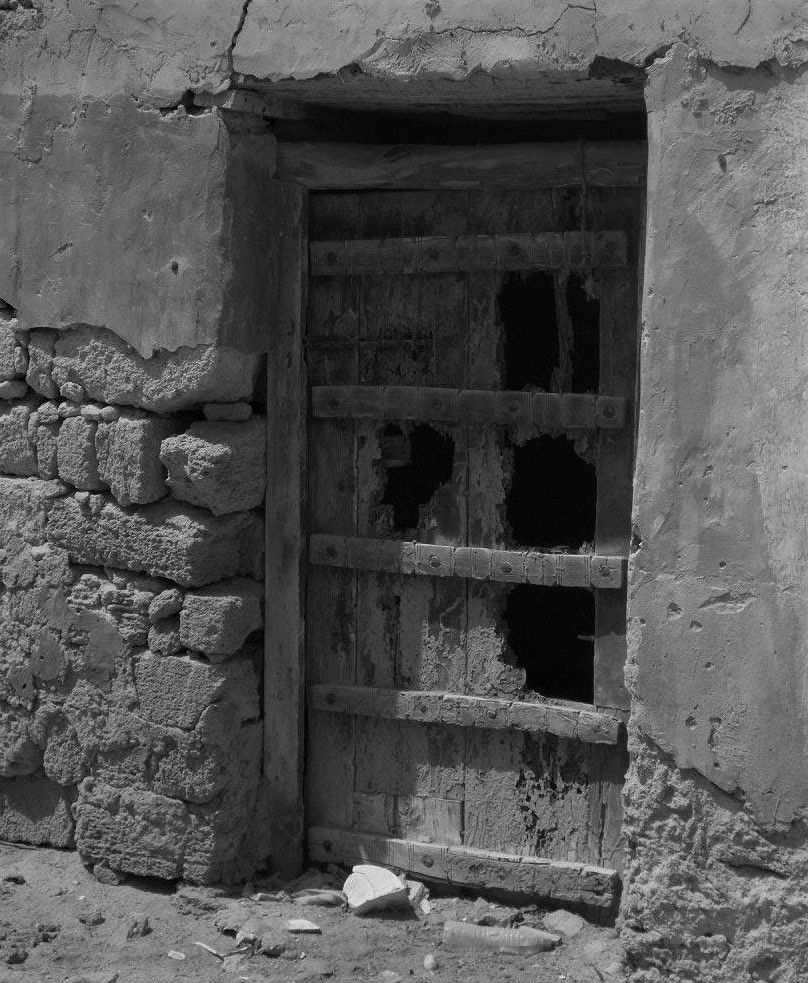Oman: old Salalah
- Matthew P G

- Mar 28, 2023
- 2 min read



June 2016
Ancient vs Old
I had blundered upon an archeological dig on the fringes of modern Salalah [see: Al Baleed, Salalah]. After seeing that, I was slowly making my way back to the city on foot along the main road (I had left the city via its stunning beach). The archeologist at the site told me that most of pre-modern Salalah was slated for demolition to make way for some tourist resorts and hotels. I had to have a look.
I assumed most of "old" Salalah was from the 19th and early 20th century - leftovers from the Ottoman era. Nearly all abandoned and falling down, I felt like I was back in Saudi Arabia, unfortunately. Nothing was being preserved. Salalah had literally picked up and moved west and left the "old town" behind. If they were looking to attract tourists, then adding some modern hotels on the beach and rejuvenating this very "Arab looking" old city would surely accomplish that. The neighborhood had the potential to be a very unique tourist zone and since it was largely abandoned, I assumed it posed no problem for development. That, however, looked highly unlikely to happen. "Old Salalah" would soon disappear.
My observations there served as an example of how "old" buildings are lost. At the time they are pulled down they are not really considered that old. Only in retrospect do people sigh and mourn the loss. That is why cities that have survived "frozen in time" are unique in the world. For whatever reason, their buildings did not face the wrecking ball, via natural disaster nor war, and after a couple of centuries they became living museums, adored by everyone.
Alas, Salalah will not join them.

Comments